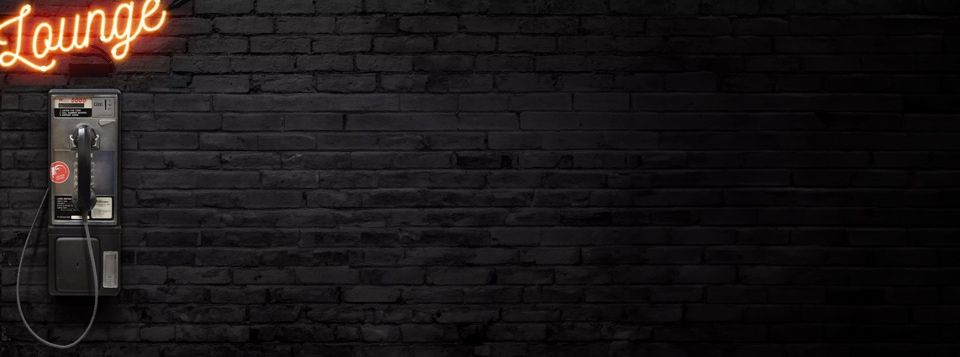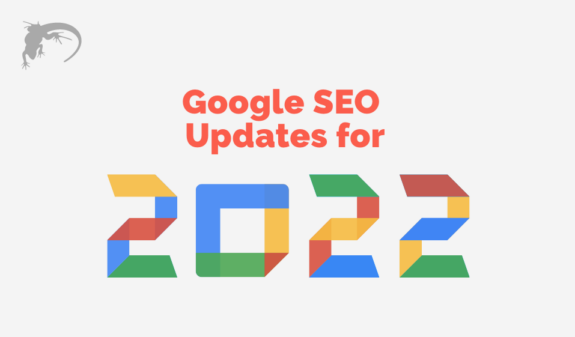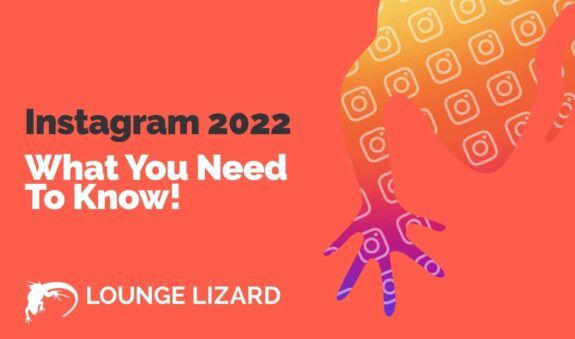The Beginners Guide to SEO Design
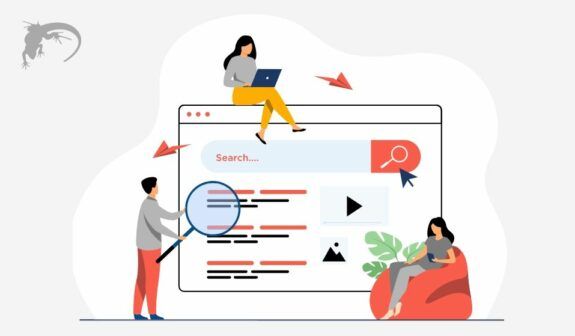
Search engine optimization (SEO) is a valuable digital marketing strategy for businesses that want to drive more traffic to their sites and increase exposure to their brands.
SEO design is an essential aspect of this strategy that focuses on the design of your website.
Today, we will discuss what you need to know about SEO design. We’ll start by reviewing what SEO is and how it is connected to web design. From there, we will provide actionable steps to optimize your website design for top rankings.
Table of contents
- What is SEO?
- The Intersection Between Web Design and SEO
- How to Optimize Your Website Design for Ranking High
- 1. Create a Responsive Website
- 2. Improve the Site Speed
- 3. Curate an Appealing Design
- 4. Build a Robust Web of Internal Links
- 5. Optimize Your Meta Data
- 6. Leverage On-Page Optimization
- Final Thoughts
What is SEO?
Search engine optimization, which is widely known as “SEO” for short, is a digital marketing technique that is designed to help websites rank at the top of search engines.
Ranking high on Google is the top focuses for many SEO strategies, but the technique can be applied to other platforms with a search engine element, such as online marketplaces and social media sites.
SEO uses an organic approach to ranking, as opposed to other search engine marketing (SEM) techniques that use paid advertisements to rank #1.
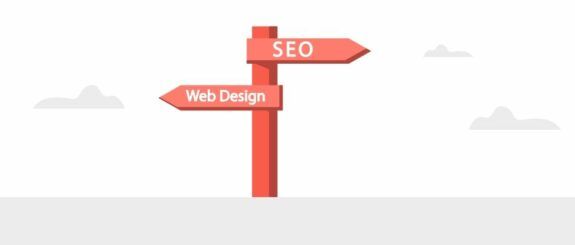
The Intersection Between Web Design and SEO
When it comes to search engine optimizing your website, there are a lot of layers. Your ability to rank is heavily influenced by your website design.
Even if you have a bullet-proof content marketing strategy that includes beautifully crafted written content, such as high-value blog posts and informative landing pages, your website design will determine whether it ranks or doesn’t.
The key to SEO design is making your site easy to use, aesthetically consistent, and quick to load. The design needs to satisfy the guidelines of search engines while providing a valuable experience for users.
Search engines have become so incredibly intelligent, so it is important to get strategic with a well-rounded SEO strategy.
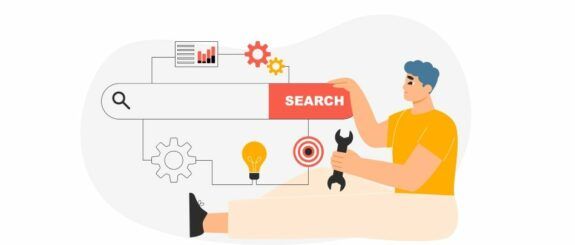
How to Optimize Your Website Design for Ranking High
Designing an SEO-friendly website is crucial to improving the potential ranking of your website. With that in mind, here are a few ways that you can optimize your website design to improve your ranking.
1. Create a Responsive Website
User experience is everything, so it is crucial to create a cohesive experience that expands across all devices. Most websites are initially built for desktop viewing, but with the popularity of smartphones and tablets, a seamless mobile experience is a must.
Make sure that your site is optimized for mobile viewing. Creating a responsive website makes it easy to access all of the pages so that the mobile experience is equivalent to the desktop experience.
2. Improve the Site Speed
Search engine algorithms take metrics like site speed into account. The longer it takes your site to load, the more it negatively impacts your site’s SEO health.
There are a few ways to improve your site speed. Compression is among the most important actions for improving your site speed. When the media of your site is compressed and light, the site will load faster. You can compress images to optimize them, as well.
Leveraging the support of a content delivery network can help to improve your server response time. This can be done at the website hosting level, and it will increase your site speed, as well.
If you are having difficulty assessing your site speed issues, we recommend leveraging the support of dedicated tools, such as Moz Pro, GTmetrix, or Pingdom.
3. Curate an Appealing Design
Another way to improve your site in terms of SEO is to make the design visually appealing. Keep a consistent theme throughout, and use a mix of media, such as text, images, and videos to create a more engaging experience.
The design should also be accessible, meaning that it should be easy to read, especially for those who are hard of seeing. The text should be a decent size, and the color of the text shouldn’t clash with the page’s background color.
It should also be spaced and aligned in a way that is visually appealing.
4. Build a Robust Web of Internal Links
One way to make your site rankable is by building a robust connection between the pages and posts on your site. You can do this by linking relevant content across multiple points of your website.
Linking between pages helps to provide additional context to search engines to help them scan your content more effectively.
One way to approach this is to create a series of landing pages around your core offerings and a series of blog posts that connect with this pillar content. At a very basic level, these pages can be linked to one another with strategically placed hyperlinks.
You can also create a variety of blog posts that will link back to these pages, as well. Let’s say, for example, you have a landing page that covers “Digital Marketing.” You can create a series of posts that cover who needs digital marketing, top digital marketing techniques, how to build a digital marketing strategy, and so forth.
5. Optimize Your Meta Data
It is incredibly important to update the metadata throughout your site. Title tags and meta descriptions are attached to each page and post on your website. These can be optimized with the keywords that you’re targeting.
Typically, you want to keep title tags between 50 and 70 characters. Meta descriptions should be under 165 characters.
It is also wise to use alt-text for your images so that search engines can scan them, as well. Create your image alt-texts by describing the image in 5-10 words. You can leverage the strategic use of keywords in title tags, as well.
6. Leverage On-Page Optimization
In addition to your general web design, there are several other on-page optimization techniques that you should be tapping into.
First and foremost, creating content that targets viable keywords is key. Conduct keyword research to identify what sort of keywords your target audience is looking for and create content that addresses those keywords. This content can be posted on blog posts and landing pages.
Remember that you are writing for the user as much as (or more than) you are writing for the search engine. Make the content valuable and avoid keyword stuffing or any other spammy techniques meant to trick the search engines.
Some other on-page SEO techniques include URL optimization, proper heading tagging, strategic use of keywords in headings, and the use of lists to improve readability.
Final Thoughts
SEO design is a great technique for those who want to boost their search engine rankings to drive more traffic to their sites. This can increase brand awareness, and it can help boost sales.
Since SEO design has many moving parts, it’s often easier to lean into support from professionals.
Lounge Lizard offers a variety of services for both web design and on-page SEO. Request a proposal to learn more about how we can help you with SEO design.
